Benjamin Moore Sage 2143-10
| Official page: | Sage 2143-10 |
| Code: | 2143-10 |
| Name: | Sage |
| Brand: | Benjamin Moore |
What color is Benjamin Moore Sage?
Elevate your space with the timeless allure of Sage (Benjamin Moore 2143-10). This sophisticated hue exudes a sense of tranquility and harmony, making it ideal for creating a serene atmosphere in any room. Pair Sage with crisp whites and soft neutrals to enhance its natural beauty and create a balanced look. For a more modern appeal, complement Sage with touches of blush pink or dusty rose for a subtle hint of romantic elegance. Whether used as a wall color or as an accent, Sage (2143-10) effortlessly adds a touch of refined sophistication to your interior design.
Try before you buy
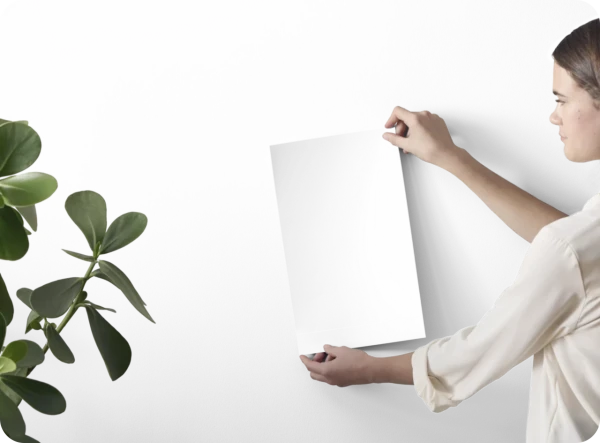

100% accurate
reusable paint samples

Peel, stick,
and repeat

Twice painted
with real paint

Next day
delivery
What are Benjamin Moore Sage undertones?
The undertone of Sage can be accurately described as a Yellow hue, as is apparent from the color space provided. By isolating the pure hue and eliminating any tints, tones, and shades, we were able to precisely determine its undertone. This approach has proven to be more accurate than traditional methods of defining undertones on a white background, which are now considered outdated.
HEX value
HEX value:
#766C4B
RGB code:
118, 108, 75
Is Benjamin Moore Sage 2143-10 cool or warm?

With a hue of 46° thisdark greenrefers warm paint shade according to HSL (Hue, Saturation, Lightness) on the color wheel.
2143-10 Sage HSL code: 46, 22%, 38%
Hue - degree on a color wheel from 0 to 360. 0 is red, 120 is green, and 240 is blue.
Saturation is expressed as a percentage. At 0%, it appears as a shade of grey, and at 100%, it is in full color..
Lightness is also a percentage value. 0% is black, and 100% is white.
- Warm colors are ideal for kitchens, living rooms or bathrooms
- Warmer hues make larger spaces feel more inviting
- Warm green shades evoke a sense of nature and comfort, creating a welcoming and soothing environment ideal for living rooms, kitchens, and bedrooms.
- Using dark warm shades like rich reds and browns creates a cozy and intimate atmosphere, perfect for dining rooms, libraries, and living rooms. These colors add depth and warmth. However, be careful when using them in small spaces or rooms with low ceilings, as they can make the space feel even smaller.
Act like a pro: Mixing warm and cool shades is a must have to get harmonius interior. Add accents that contrast with the primary color to create visual balance. If your walls are a warm color, don’t forget to add accent in cold colors (furniture, art, décor). A good practice is too use a complementary color scheme.
How light temperature affects Sage
Natural Lighting. During the day, natural light shifts from about 2000 K at sunrise/sunset to 5500–6500 K at noon.
In addition, natural‑light temperature depends on its direction:
| Direction of sunlight | Visible temp. | Hue | Duration |
|---|---|---|---|
| North | Cool | Bluish | All day |
| East | Warm | Yellow | Before noon |
| West | Warm | Orange‑red | After noon |
| South | Warm | Orange‑yellow | All day |
Artificial Lighting. When choosing bulbs, pay attention to their color‑temperature (Kelvins).
Use the slider to see how this dark green shade looks under different lighting:
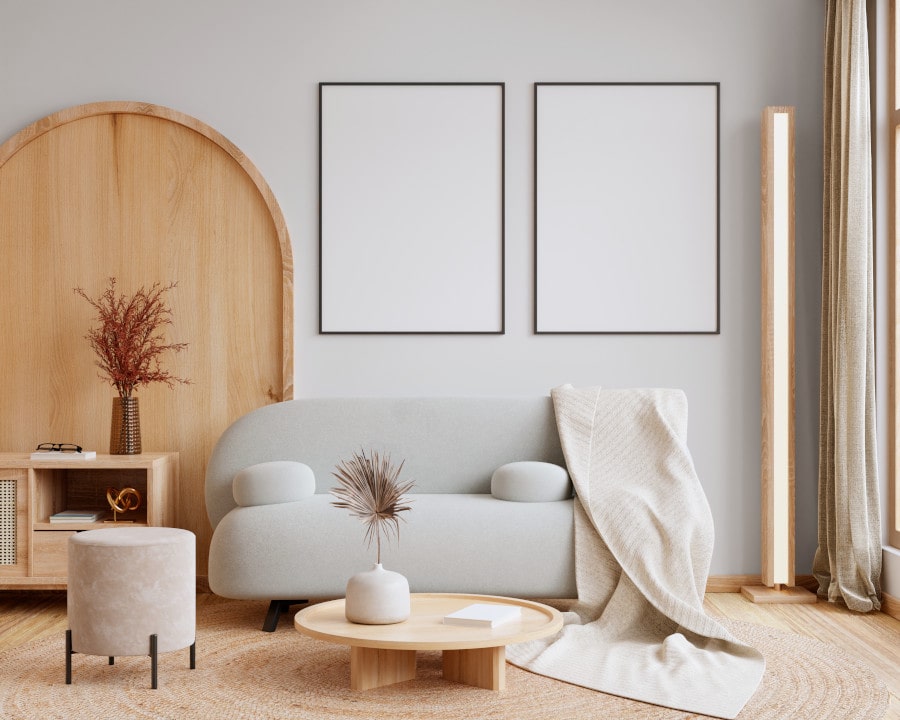
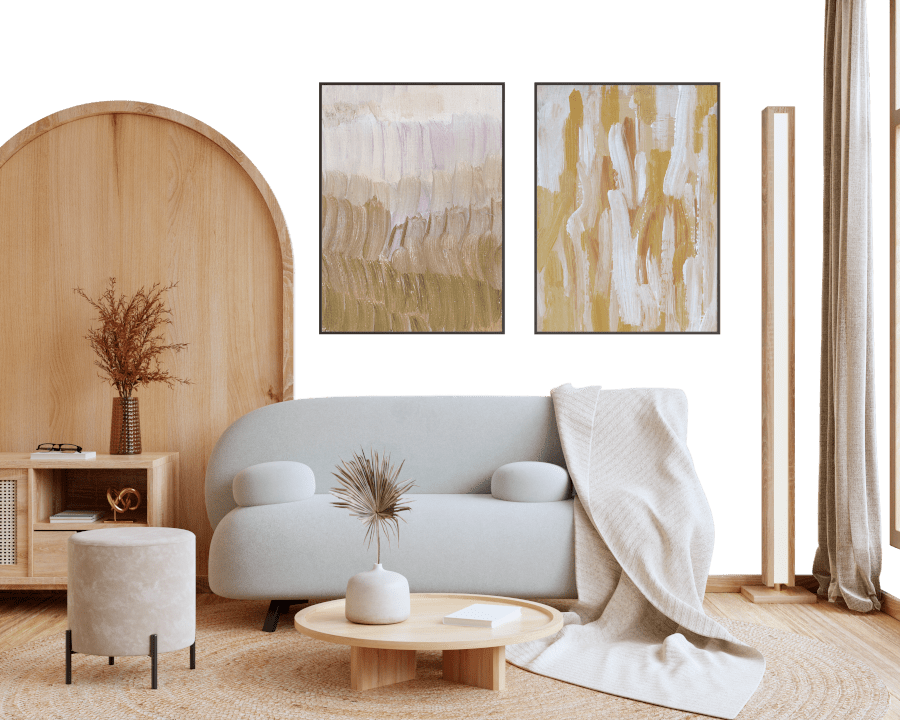
4000K
Coordinating colors.
Colors that go with Benjamin Moore Sage:
Monochromatic color scheme

This scheme consists of various shades, tints, and tones of a single color. While it offers a perfect combination of hues, without accent décor it may become monotonous.
Lighter shades
Darker shades
Complementary color scheme

This color scheme is a combination of two shades that are opposite each other on the color wheel. The high contrast between these colors creates a vibrant and dynamic visual effect. For the color Sage with a orange hue, complementary colors are those with a blue hue close to 226, such as Benjamin Moore Bachelor Blue and Approaching Storm.
LRV of Sage
Sage has an LRV of 15.31% and refers to Medium Dark which means that this color reflects very little light. Why LRV is important?

Light Reflectance Value measures the amount of visible and usable light that reflects from a painted surface.
Simply put, the higher the LRV of a paint color, the brighter the room you will get.
The scale goes from 0% (absolute black, absorbing all light) to 100% (pure white, reflecting all light).
Act like a pro: When choosing paint with an LRV of 15.31%, pay attention to your bulbs' brightness. Light brightness is measured in lumens. The lower the paint's LRV, the higher lumen level you need. Every square foot of room needs at least 40 lumens. That means for a 200 ft2 living room you’ll need about 8000 lumens of light – e.g., eight 1000 lm bulbs.
Color codes
We have collected almost every possible color code you could ever need. To copy the code, just click the icon to the right of it.
| Format | Code | |
|---|---|---|
| HEX | #766C4B | |
| RGB Decimal | 118, 108, 75 | |
| RGB Percent | 46.27%, 42.35%, 29.41% | |
| HSV | Hue: 46° Saturation: 36.44% Value: 46.27% | |
| HSL | hsl(46, 22, 38) | |
| CMYK | Cyan: 0.0 Magenta: 8.47 Yellow: 36.44 Key: 53.73 | |
| YIQ | Y: 107.228 I: 16.563 Q: -8.154 | |
| XYZ | X: 14.104 Y: 15.085 Z: 8.823 | |
| CIE Lab | L:45.751 a:-1.456 b:19.919 | |
| CIE Luv | L:45.751 u:8.072 v:24.049 | |
| Decimal | 7760971 | |
| Hunter Lab | 38.84, -3.15, 13.718 |
Color equivalents
517
Greenbrook
Benjamin Moore
PPU8-01
Olive
Behr
S350-6
Truly Olive
Behr
2142-30
Mountain Moss
Benjamin Moore
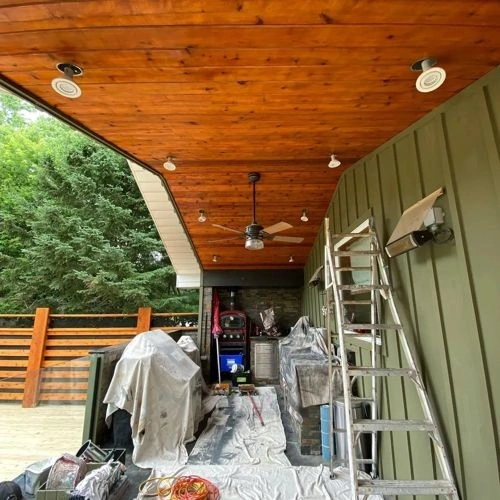
S330-7
Olive Shade
Behr
518
Sterling Forest
Benjamin Moore
238
Urban Legend
Benjamin Moore
SW 9529
Twig Basket
Sherwin Williams
1526
Evening Grove
Benjamin Moore
SW 6412
Eminent Bronze
Sherwin Williams
231
Aged Bronze
Benjamin Moore
237
Silken Moss
Benjamin Moore
511
Pine Grove
Benjamin Moore
2142-20
Turtle Green
Benjamin Moore
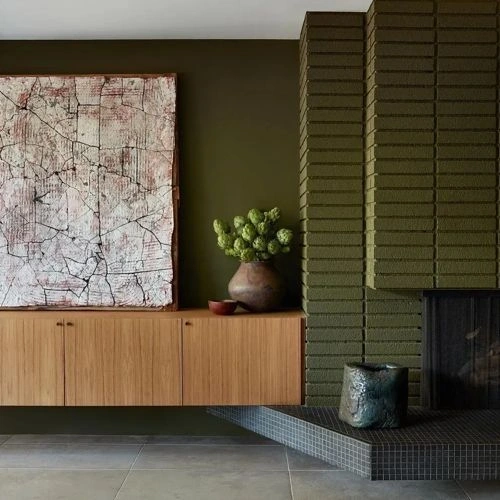
N330-7
Adventurer
Behr
SW 2843
Roycroft Brass
Sherwin Williams
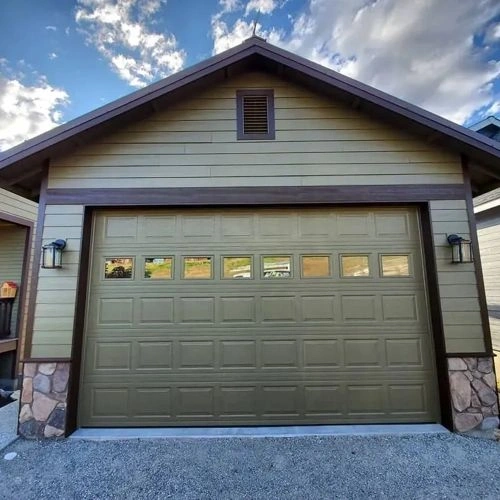
S350-7
Cedar Glen
Behr
HDC-AC-15
Peat
Behr
1533
Bayleaf
Benjamin Moore



